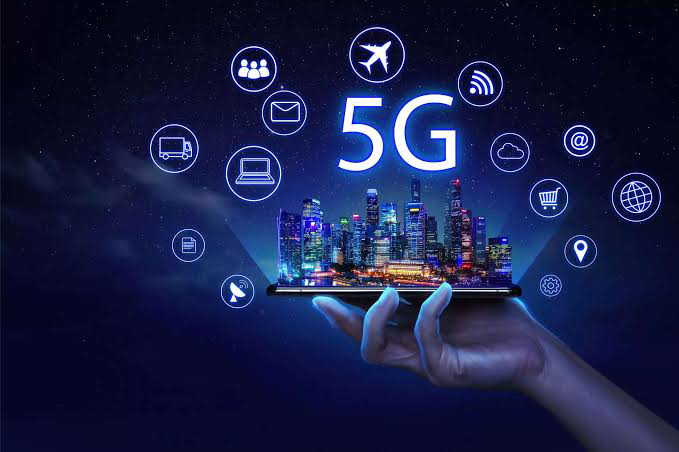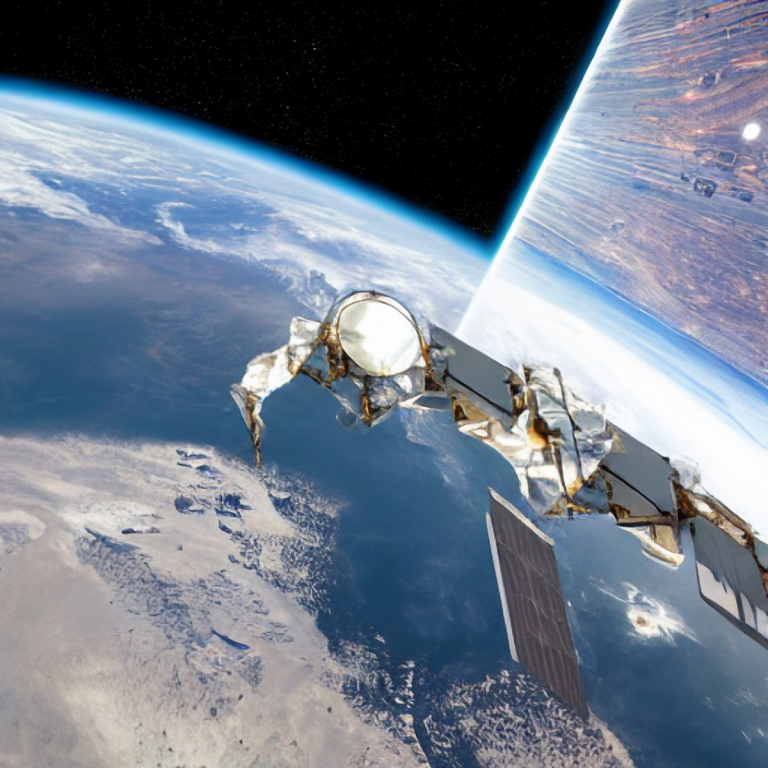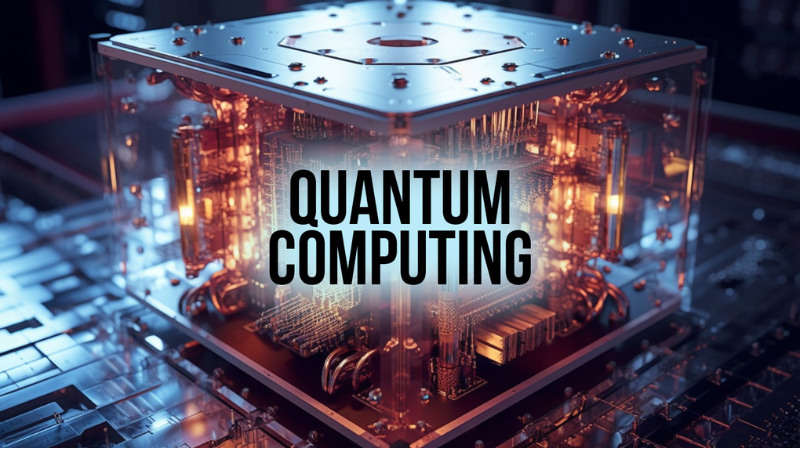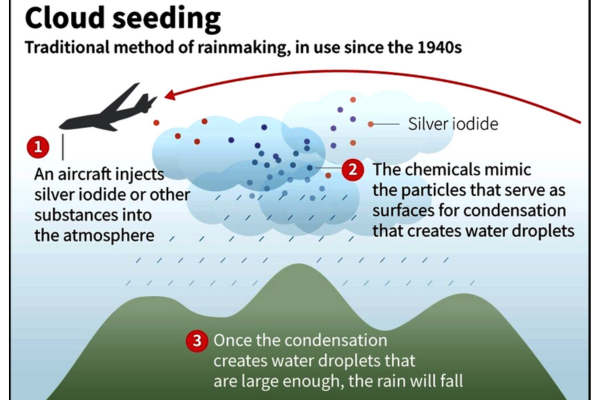The impact of 5G technology on everyday life is significant and wide-ranging, affecting various aspects of how people live, work, communicate, and interact with technology
Have you ever wondered how your smartphone connects to the internet so quickly, or how you can stream your favorite shows without any annoying buffering? Well, chances are, you have 5G technology to thank for that!
Welcome to our blog, where we’re going to take you on a journey into the fascinating world of 5G. But hold on, what exactly is 5G? Simply put, it’s the next generation of mobile network technology, and it’s here to revolutionize the way we communicate, work, and play.
In this blog, we’ll break down the wonders of 5G in simple and easy-to-understand terms. From lightning-fast speeds to seamless connectivity, we’ll explore how 5G is transforming everyday life in ways we never imagined.
Table of Contents
Importance of 5G Technology

The importance of 5G technology cannot be overstated in today’s increasingly connected world. Here are some key reasons why 5G is considered crucial:
Faster Speeds: 5G offers significantly faster data transfer speeds compared to previous generations of mobile technology. This means users can download and upload content, stream high-definition videos, and access applications with minimal delay, enhancing overall user experience.
Lower Latency: One of the most significant advantages of 5G is its low latency, which refers to the time it takes for data to travel between devices. Lower latency enables real-time communication and responsiveness, making activities such as online gaming, video conferencing, and autonomous driving safer and more efficient.
Enhanced Connectivity: 5G networks provide improved connectivity, even in densely populated areas or crowded events where traditional networks might struggle. This ensures a more consistent and reliable connection for users, regardless of their location or network congestion.
Support for IoT and Smart Devices: 5G technology facilitates the growth of the Internet of Things (IoT) by providing the necessary infrastructure to connect a vast array of devices and sensors. This enables smart homes, smart cities, and various IoT applications such as remote healthcare monitoring, smart transportation systems, and industrial automation.
Economic Growth and Innovation: The deployment of 5G networks is expected to drive economic growth and spur innovation across various industries. It will create new opportunities for businesses to develop innovative products and services, leading to job creation and economic prosperity.
Competitive Advantage: Countries and companies that lead in 5G technology stand to gain a competitive advantage in the global marketplace. By investing in 5G infrastructure and capabilities, they can position themselves as leaders in the digital economy and attract investment and talent from around the world.
Transformative Applications: 5G technology unlocks new possibilities for transformative applications and services across industries such as healthcare, transportation, manufacturing, entertainment, and education. From augmented reality and virtual reality experiences to autonomous vehicles and remote surgery, 5G is driving innovation and shaping the future of technology.
Improved Efficiency and Productivity: With faster speeds, lower latency, and enhanced connectivity, 5G enables businesses to operate more efficiently and productively. It allows for real-time collaboration, remote work, and the seamless exchange of data and information, leading to cost savings and improved business outcomes.
Exploring the Magic of 5G: How It’s Changing Our World
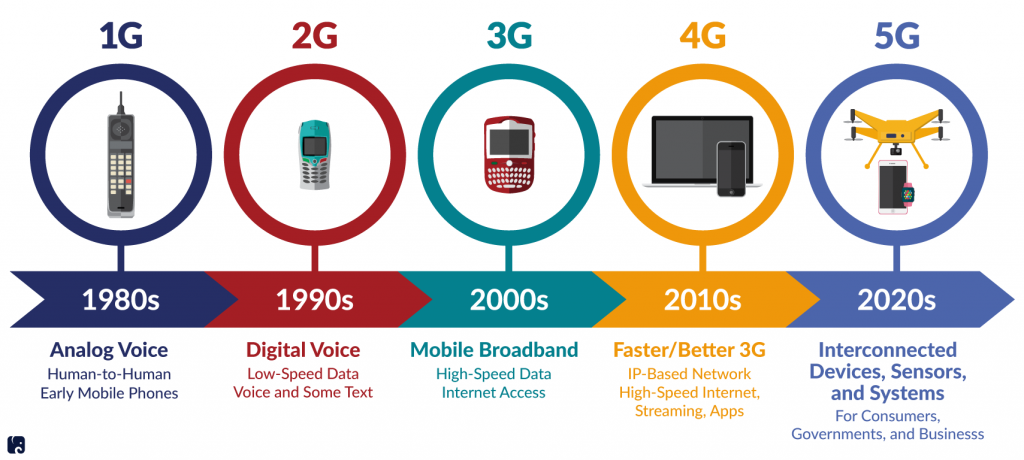
- 1G (First Generation):
- Started in the 1980s.
- Allowed basic voice calls.
- Analog technology.
- Low quality, prone to interference.
- Limited coverage and capacity.
- No data capabilities.
- 2G (Second Generation):
- Introduced in the early 1990s.
- Digital technology.
- Allowed text messaging (SMS).
- Improved call quality and security.
- Basic data services at slow speeds (e.g., browsing, email).
- 3G (Third Generation):
- Emerged in the early 2000s.
- Offered faster data speeds.
- Enabled mobile internet access.
- Supported multimedia services (e.g., video calling, mobile TV).
- Enhanced security and efficiency.
- 4G (Fourth Generation):
- Rolled out around 2010.
- Provided significantly faster data speeds.
- Enabled high-definition video streaming.
- Supported mobile gaming and other bandwidth-intensive applications.
- Improved latency for better real-time communication.
- 5G (Fifth Generation):
- Introduced in the 2020s.
- Offers even faster data speeds compared to 4G.
- Extremely low latency, enabling real-time applications like remote surgery and autonomous vehicles.
- Massive connectivity for billions of devices through IoT.
- Enhanced capacity to support more users and devices in crowded areas.
- Drives innovation in areas like augmented reality, virtual reality, and smart cities.
The Impact of 5G on Everyday Life

Faster Speeds: One of the most noticeable impacts is the dramatic increase in data transfer speeds. With 5G, users experience faster download and upload speeds, enabling quicker access to content, smoother streaming of high-definition videos, and faster downloads of large files.
Lower Latency: 5G technology significantly reduces latency, which is the time it takes for data to travel between devices. Lower latency means quicker response times, making activities like online gaming, video conferencing, and real-time collaboration more seamless and responsive.
Enhanced Connectivity: 5G networks offer improved connectivity, even in densely populated areas or crowded events where traditional networks might struggle. This ensures a more consistent and reliable connection for users regardless of their location.
Internet of Things (IoT) Expansion: 5G facilitates the growth of the Internet of Things by providing the necessary infrastructure to connect a vast array of devices and sensors. This enables smart homes, smart cities, and various IoT applications such as remote healthcare monitoring, smart transportation systems, and industrial automation.
Augmented and Virtual Reality: The high speeds and low latency of 5G make augmented reality (AR) and virtual reality (VR) experiences more immersive and realistic. This opens up new possibilities in gaming, education, training, and entertainment.
Autonomous Vehicles: 5G plays a crucial role in the development and deployment of autonomous vehicles by enabling faster and more reliable communication between vehicles, infrastructure, and traffic management systems. This improves safety, efficiency, and traffic management on the roads.
Remote Work and Telecommuting: With 5G, remote work becomes more feasible and efficient due to improved connectivity and faster data speeds. Employees can collaborate in real-time, participate in video conferences, and access cloud-based resources from anywhere with minimal lag or disruptions.
Healthcare Innovations: 5G enables advancements in telemedicine and remote healthcare monitoring by supporting high-quality video consultations, real-time patient data monitoring, and the exchange of large medical imaging files without delays.
Smart Grids and Energy Management: 5G facilitates the development of smart grids and energy management systems, allowing for more efficient distribution of electricity, better integration of renewable energy sources, and improved monitoring and control of energy consumption.
Environmental Monitoring: 5G networks can support the deployment of IoT devices for environmental monitoring, helping to track pollution levels, manage natural resources, and respond to environmental emergencies more effectively.
Conclusion
Overall, the widespread adoption of 5G technology is expected to bring about transformative changes across various sectors, improving efficiency, productivity, and quality of life for individuals and communities worldwide.
5G technology is not just another upgrade to our mobile networks; it represents a fundamental shift in how we connect, communicate, and interact with the world around us. Its importance lies in its ability to drive innovation, foster economic growth, and improve the quality of life for people everywhere.


